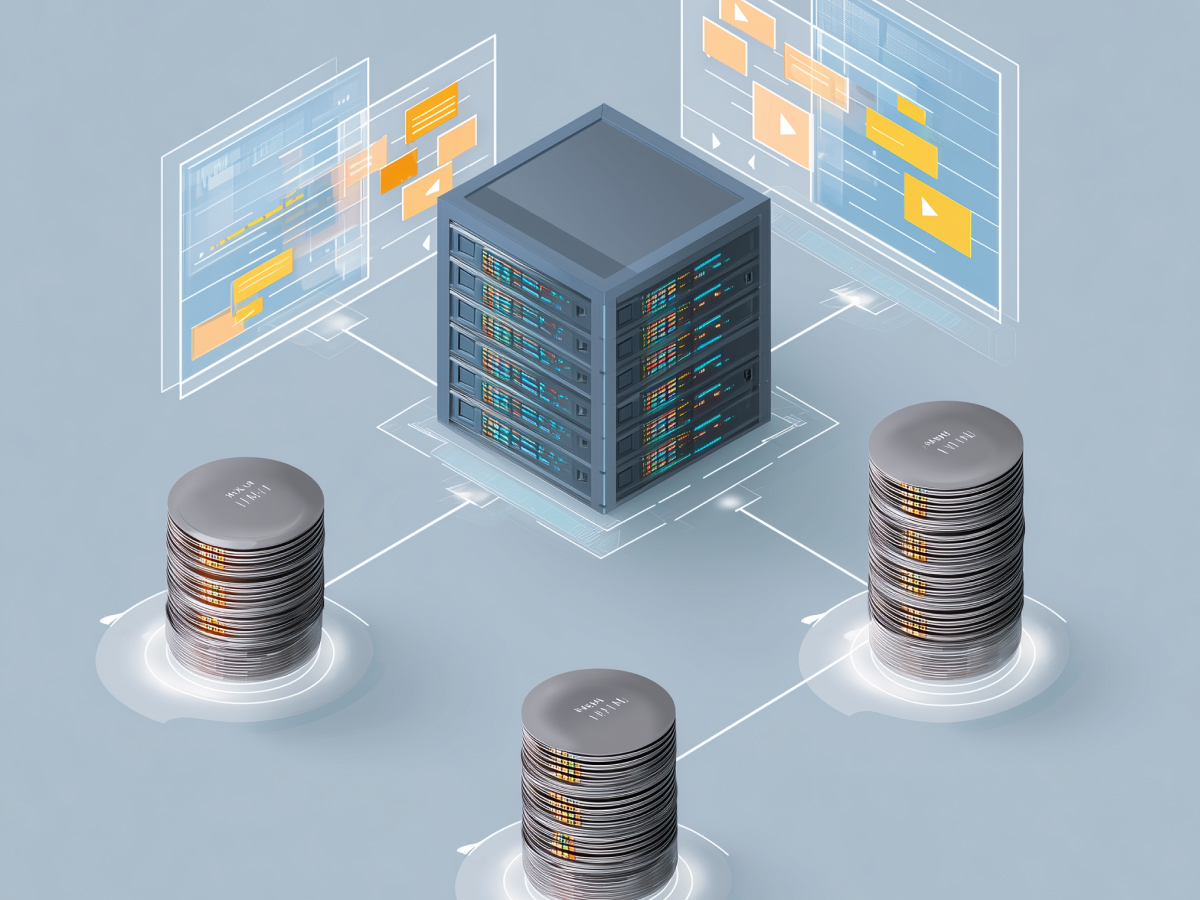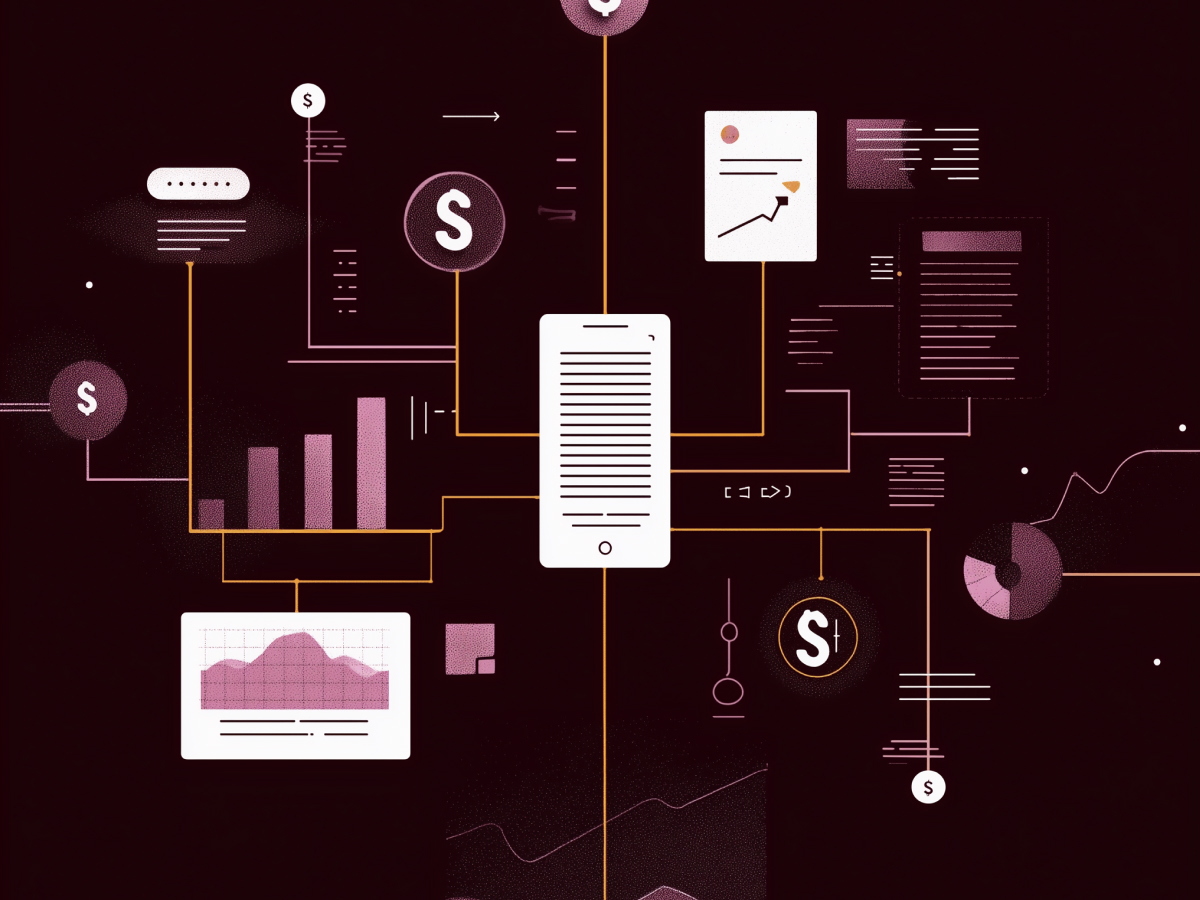AI tools are displacing traditional developer forums like stack overflow
Stack Overflow, once the essential hub for developer problem-solving, is now losing ground. Tools like ChatGPT have changed how engineers source answers. Instead of waiting on community replies or sifting through old threads, developers are now getting instant feedback from AI. That changes speed, workflow, and expectations.
Speed has a cost. What these language models deliver in immediacy, they often lack in accuracy. Users get quick answers, but those answers aren’t always right. This trust gap is growing. From March 2023 to March 2024, new monthly questions on Stack Overflow dropped from 87,000 to 58,800, a 32% decline. By the end of 2024, usage had fallen by 40% year-over-year, marking activity levels not seen since 2009. The trend is obvious: developers are moving away from peer-driven knowledge exchange and leaning on machines for their daily work.
For executives, this isn’t just a shift in developer tools, it’s a shift in how companies build software. Community knowledge is no longer the default source of truth. Developers are optimizing for speed, sometimes at the expense of understanding or long-term quality. The right call now is to ensure internal teams are trained to recognize when fast isn’t accurate, and when AI-driven suggestions need deeper human review.
LLMs are built on human-generated content creating a sustainability dilemma
The irony’s hard to miss. AI is eating the platform that fed it. The early versions of large language models, like ChatGPT, were trained on vast troves of community-generated data, including millions of Stack Overflow posts. These weren’t just simple answers; they were nuanced discussions, upvoted solutions, debated best practices. All human-created. All freely shared at scale.
But here’s the new problem: when developers switch to AI for answers and stop contributing to communities, the long-term quality of the AI output declines. That data flow, the endless stream of new insights, edge cases, and real-world workarounds, slows down. Eventually, the models end up learning from themselves. That’s not sustainable. It leads to model collapse: the process where recycled, unvalidated output replaces meaningful human insight in training data.
This dilemma isn’t theoretical. Peter Nixey, a veteran contributor to Stack Overflow, put it bluntly: “What happens when we stop pooling our knowledge with each other and instead pour it straight into The Machine?” The answer is simple, AI performance gets stale. If domain expertise no longer makes it into training loops, innovation flatlines.
For companies relying on AI to accelerate development, this is a real threat to product quality. It means executives should look for ways to keep expert humans engaged, whether that’s through incentives, reputation systems, or internal platforms that prioritize verified insights over unreviewed output. The AI feedback engine only works if there’s still fuel, in this case, fresh, intelligent human input.
LLMs are becoming integrated replacements for traditional Q&A platforms
The traditional Q&A model, ask, wait, get peer-reviewed input, is being replaced. It’s already happening. Developer tools are evolving to embed AI directly, removing friction from the process of finding answers. GitHub Copilot, IDE-integrated LLMs, and in-editor assistants are now common. Developers don’t need to open a browser or search old forum posts. They ask in natural language, and the tool responds in real time.
It’s a shift toward a continuous, immersive workflow powered by machine-generated input. This accelerates development, especially for well-documented tasks. What’s emerging now is a new standard: tools that combine conversational AI with curated documentation and historical code context.
Technically, we’re also seeing platforms respond with hybrid approaches. Stack Overflow is testing AI-generated starter answers that link back to verified human responses, creating a semi-automated support system. These models don’t just guess, they pull from indexed, trusted threads written over years. The intent is clear: match the convenience of AI with the authority of expertise.
For executives, this trend means your organization’s development environment is becoming AI-native. That’s a gain in velocity, but it comes with dependency. If your dev tools rely heavily on generic LLMs, you’re only as good as their training and update cycle. The key move is to integrate AI assistants trained on your company’s documentation, guidelines, and code, creating aligned, domain-specific performance while still benefiting from general-purpose speed.
AI-generated content is often inconsistent in accuracy and source attribution
AI tools give confident answers, even when they’re wrong. That’s not ideal. Developers sometimes can’t tell if an output is based on a trusted solution or scraped from weak, outdated sources. Many LLMs draw from across the web without context, with little or no citation. That’s useful at times but dangerous in critical environments.
Right now, trust is a missing feature. Unlike academic sources or open forums, AI responses usually don’t show where the information came from or whether it was vetted. That breaks accountability and makes debugging slow when something goes wrong. Even ChatGPT will occasionally give outdated code patterns or reference deprecated APIs.
For companies deploying AI-powered development, it’s important to rethink what verification means. These tools need reference integrity, the ability to trace where facts and code come from. Smart implementation involves blending model output with inline links to official documentation, source control references, and validated examples. This is about context and transparency.
Executives should prioritize development platforms that give their teams clarity on why a suggestion was made and what source supports it. Without it, you’re scaling guesswork, not insight. In large teams, that’s a risk multiplier, not a force multiplier. Clear AI audit trails help you move fast, but with control.
Payment and recognition systems may incentivize renewed human contributions
The collapse of public contribution doesn’t have to be permanent. Developers respond to clear incentives, and platforms like Stack Overflow and Reddit are starting to test models that reward high-quality content with more than just virtual points. Data licensing agreements are already in play. These allow content platforms to charge AI companies for access to their training data. That funding stream creates new leverage: the potential to pay or recognize contributors who create value.
We’re moving toward models where reputation and reward are tangible. If an AI pulls from your Stack Overflow post to solve a problem, it’s not unreasonable to earn credit or compensation. These mechanisms don’t just promote fairness, they may be necessary to prevent expert disengagement over time. If expertise has market value, systems need to reflect that.
For decision-makers, this is more than a content problem, it’s a strategic workforce issue. If knowledge-sharing declines, institutional memory weakens. Developers stop documenting, and teams lose resilience. That’s why supporting external or internal incentive systems makes sense. Invest in mechanisms that encourage contribution. Build internal tools that reward mentorship and documentation. This reinforces a culture of learning while maintaining a pipeline of fresh, structured input that AI tools can later consume and build on.
The future of developer assistance lies in an AI-human hybrid model
Stack Overflow will not be replaced by a single tool. That era is over. What’s emerging is a distributed and layered ecosystem. AI assistants handle first-pass questions. Domain-specific bots provide deeper code guidance. Official docs confirm edge cases. Communities, niche or broad, fill in the gaps with lived experience and use-case validation.
Each layer serves a role. AI brings speed. Human communities bring interpretation. Official sources bring authority. Developers now navigate this spectrum on the fly. And smart technical organizations will support all three.
The most effective development environments make each of these components accessible. You can’t tell a team to only trust one channel. Instead, you give them access to trusted docs, private knowledge bases, AI copilots, and curated human input. AI thrives when it’s tuned to a specific ecosystem, your codebase, your internal standards, your product challenges.
For executives, the takeaway is direct: centralizing knowledge flows isn’t the priority. Building connective infrastructure is. Your teams don’t need one perfect tool. They need integrated environments where reliable input, machine or human, surfaces fast, backed by transparency and version control. That’s how you create performance at scale, without losing cohesion.
Developers must treat AI-generated suggestions as preliminary
AI is not a definitive source. It’s a tool that needs oversight. Developers who rely entirely on AI-generated outputs without testing or verification are increasing risk. Code snippets that look clean can still introduce performance issues, security flaws, or compatibility problems, especially when they’re based on outdated examples or imprecise assumptions.
Best practice is clear. Developers should validate all AI-generated code using linters, static analysis tools, and security scanners before incorporating it into production environments. They should also compare AI input against current documentation from trusted sources. Asking the same question to different LLMs can help expose inconsistencies that wouldn’t be obvious in a single-threaded workflow.
These aren’t optional steps, they’re process requirements. When AI is treated as an initial draft, not a final answer, product integrity is preserved. Rapid iterations are still possible, but the cost of integrating unverified machine output is too high for serious teams to ignore.
For executives, the message is simple: train for discernment. Teams need the judgment to evaluate what’s reliable and what’s not. That means documented review steps, AI literacy, and an engineering culture that prioritizes testing over assumption. Without those systems in place, productivity gains from AI will come with hidden liabilities.
Continuous learning and skill development are crucial in an AI-driven development landscape
Using AI doesn’t eliminate the need for expertise, it raises the bar for it. Developers who work closely with AI tools still need to understand the fundamentals. Strong core knowledge allows them to evaluate, correct, and adapt what AI suggests. Without that, teams risk becoming dependent on tools they don’t fully understand.
Modern software challenges, like system architecture, scaling logic, and security modeling, are well outside the reliable range of current LLMs. These areas need human expertise. Now more than ever, developers must invest in skills that AI struggles with: abstract thinking, long-term decision-making, and systems-level reasoning.
For organizations, that means making continuous learning part of the job, not a side task. Teams need structured time to deepen understanding, expand technical range, and learn how to collaborate with AI tools effectively. The developers who succeed in this shift won’t just consume AI output, they’ll refine and restructure it.
For C-level executives, this is strategic. Upskilled developers who know how and when to apply AI can deliver faster, more accurate, and more forward-compatible results. You get higher quality output, fewer dead-ends, and more resilient engineering. Investing in continuous education now builds long-term capability, capability that AI alone can’t deliver.
Social and interactive communities hold lasting value
Not all developer needs can be met by AI. Language models are fast and broadly informed, but they lack real-world context, shared experience, and perspective. Human communities, especially those organized around dialogue, mentorship, and peer exchange, remain essential for solving complex or ambiguous problems. Platforms like Reddit continue to see strong developer engagement because they provide that social, interpretive layer AI tools don’t replicate.
Nuance matters, especially in edge cases, evolving technologies, or judgment-based decisions where there isn’t a clearly defined best answer. In these cases, human feedback adds clarity that models can’t always provide. Developers turn to peers to validate their thinking, reveal blind spots, or solve problems that fall outside the bounds of documented norms.
This interaction layer plays an important role in maintaining team morale, institutional memory, and knowledge transfer. It reflects how engineers build trust, not just in tools, but in each other. As AI usage increases, so does the importance of preserving space for human conversation and critical thinking.
For executives, the takeaway is to balance the system. Don’t assume AI replaces collaboration. Support your internal forums, cross-functional chats, code reviews, and mentorship programs. Encourage communities where people share insight, raise concerns, and ask questions that help others learn. This ensures your teams don’t just ship faster, they ship smarter, with resilience that scales beyond what AI can manage on its own.
The bottom line
Software development is changing fast. AI tools are no longer just enhancements, they’re starting to reshape how teams solve problems, write code, and make decisions. That introduces clear operational upside, but it also brings a set of dependencies that can’t be ignored.
If the flow of new, verified human insight slows down, so does the quality of the AI itself. Knowledge maintenance is no longer just about documentation, it’s about sustaining the ecosystem your teams rely on, both machine and human.
The companies that win here will build systems that keep humans in the loop, train their developers to collaborate with AI critically, and invest in infrastructure that surfaces trusted answers fast. That includes supporting internal knowledge-sharing, integrating official sources, and creating incentives for ongoing contribution.
This isn’t just a technology problem. It’s an executive decision about how your organization values expertise, invests in people, and ensures resilience as AI scales across your stack. Get that right, and the productivity gains of AI won’t be short-lived, they’ll be self-reinforcing.





